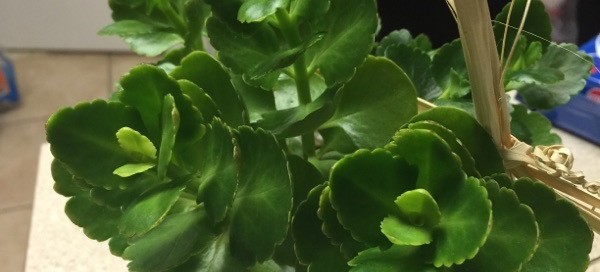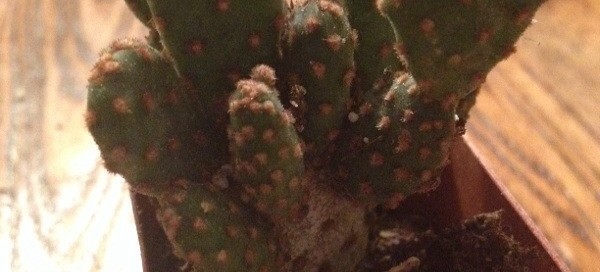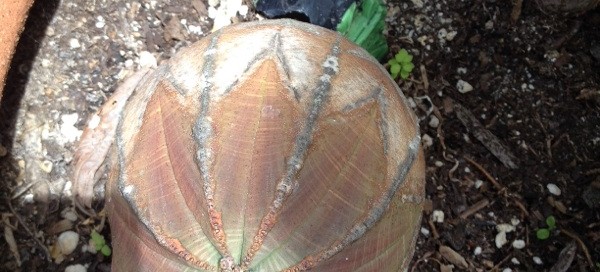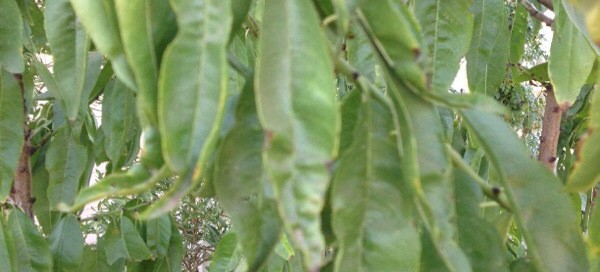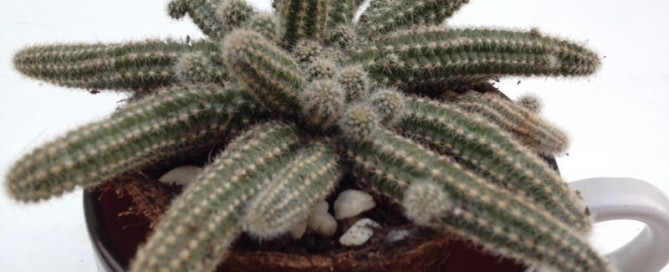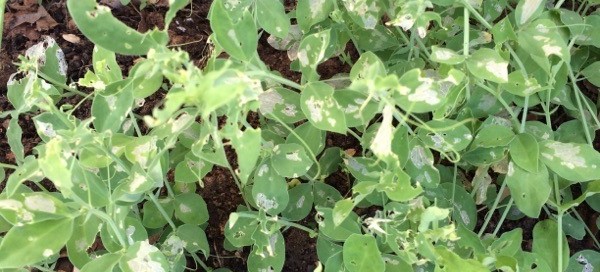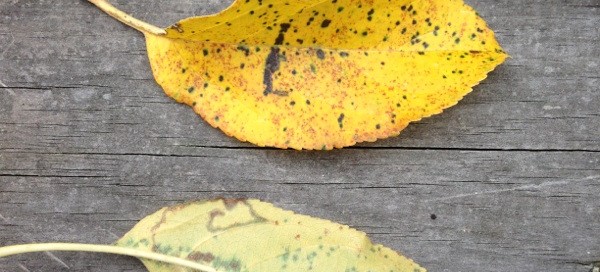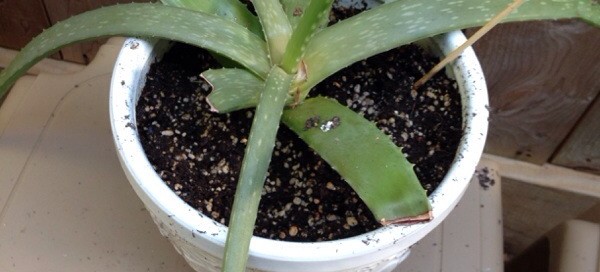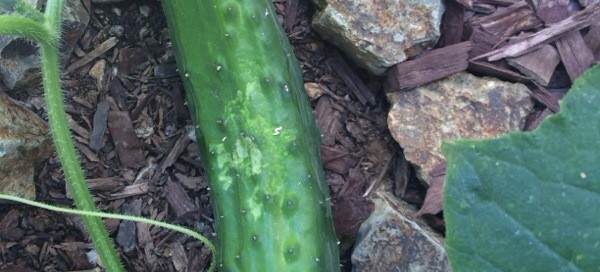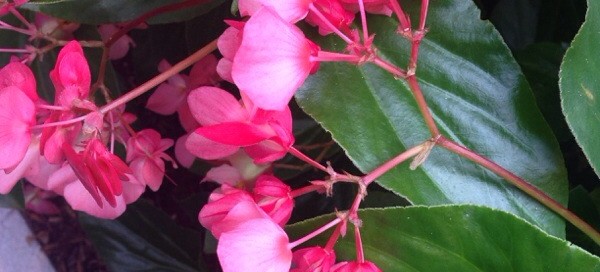Kalanchoe Florist Hybrid Type
This is a Kalanchoe blossfeldiana, native to Madagascar. It has thick, glossy green leaves that are smooth-edged or lobed depending on the cultivar. A popular gift plant, it blooms primarily in winter through spring with clusters of tiny flowers in hues of orange, red, pink, cream, yellow, pink and salmon. Indoors needs bright indirect light and moderate water. Fertilize with a slow-release food formulated for container blooming plants. Water when the soil feels dry down to the first knuckle or pot feels lighter. Do not over water. Outdoors, provide bright filtered light / partial shade, especially in the summer. Does not tolerate frost. Like poinsettias, these plants require specific numbers of dark and light hours to bloom and are difficult to re-bloom in the average home.
